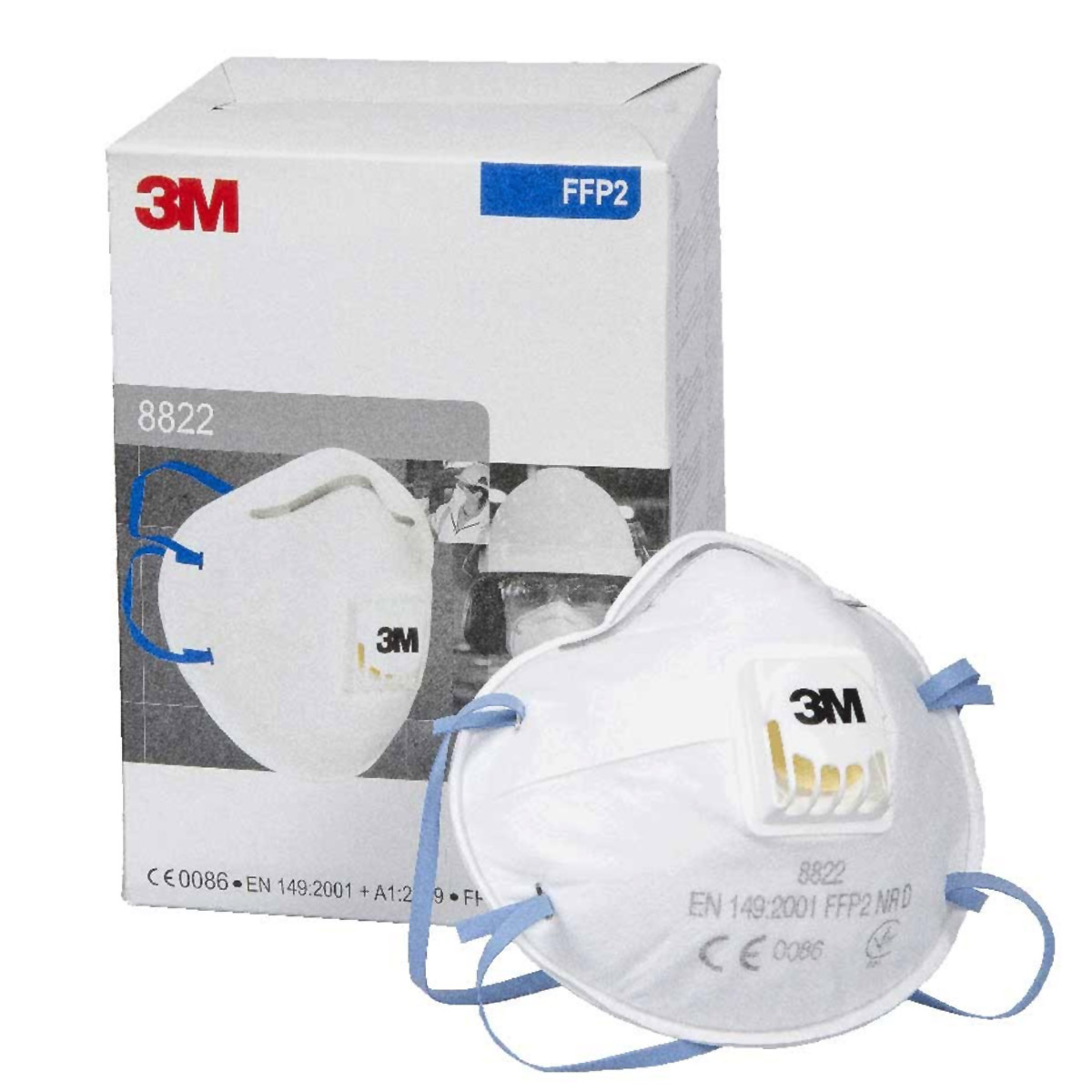Why Sachet Packaging is Booming in Malaysia: A Look at Consumer Demand and Sustainability

Strong 8k brings an ultra-HD IPTV experience to your living room and your pocket.
Sachet packaging has become increasingly prevalent in Malaysia, driven by evolving consumer preferences, market dynamics, and a growing emphasis on sustainability. This packaging format, typically characterized by small, single-use packets, offers a unique combination of convenience, affordability, and environmental considerations that resonate with today’s modern Malaysian consumers. From busy urban dwellers to budget-conscious rural populations, sachet packaging is proving to be a flexible and effective solution for both consumers and businesses alike.
Convenience and Affordability: Meeting Consumer Needs
In Malaysia’s increasingly fast-paced and urbanized society, consumers are constantly seeking solutions that align with their dynamic lifestyles. With many Malaysians juggling work, family, and social responsibilities, there is a rising demand for products that are both accessible and easy to use. Sachet packaging addresses this need by offering compact, easy-to-carry portions of essential everyday items such as shampoo, body wash, toothpaste, instant coffee, and even condiments.
The compact size of sachets makes them ideal for people on the move—whether it’s students packing light for campus, travelers who need minimal luggage, or office workers seeking a quick refresh during their commute. Beyond portability, sachets also cater to consumers looking to manage their household budgets more effectively. Instead of committing to full-size products, which may be expensive or wasteful if not used entirely, sachets allow consumers to purchase only what they need in smaller, more affordable quantities. This is particularly beneficial in a country where income levels vary widely across regions and demographics.
Furthermore, the rise of e-commerce in Malaysia has significantly amplified the demand for sachet packaging. Lightweight and compact, sachets reduce shipping costs and simplify logistics, making them an ideal choice for online retailers. Consumers buying from e-commerce platforms often prefer products that are not bulky, and sachets meet this need efficiently by reducing packaging waste and shipping expenses.
Expanding Market Reach: Accessibility for All
One of the most notable benefits of sachet packaging is its ability to increase product accessibility across different market segments. In rural areas of Malaysia, where retail infrastructure may be limited and supply chains are more complex, sachets serve as a crucial means of distribution. By offering products in small quantities, brands can reach consumers who may not have access to supermarkets or who may be hesitant to purchase larger, more expensive products.
The affordability of sachet-packaged goods also enables consumers to sample new products without making a significant financial commitment. This is particularly important in the fast-moving consumer goods (FMCG) industry, where new product launches are frequent. Sachets allow brands to introduce innovations, limited-edition items, or seasonal flavors in a cost-effective way, encouraging consumer trials and feedback.
Small and medium enterprises (SMEs) in Malaysia are also leveraging sachet packaging to grow their market presence. With lower production and packaging costs, sachets provide SMEs with an entry point to compete in the retail market. They can test new offerings, explore niche markets, and build brand visibility without the heavy financial burden typically associated with large-scale product launches. This democratization of packaging has enabled greater diversity and creativity in the Malaysian consumer market.
Sustainability: Addressing Environmental Concerns
While sachet packaging offers numerous functional and economic advantages, environmental concerns remain a key challenge—particularly when it comes to plastic waste. Traditional sachets are often made using multi-layered materials that are difficult, if not impossible, to recycle using conventional methods. This has led to growing scrutiny from environmental groups and sustainability advocates in Malaysia, who are calling for more responsible packaging practices.
In response, many businesses are rethinking their packaging strategies to align with Malaysia’s national environmental goals. Several companies have started incorporating recyclable, biodegradable, or compostable materials into their sachet designs. Others are exploring mono-material solutions, which are easier to process through recycling facilities.
Technological advancements in the packaging industry have also paved the way for more sustainable sachet options. New materials and manufacturing techniques now enable the creation of eco-friendly sachets that still maintain product quality and shelf life. These innovations not only reduce the environmental impact of packaging but also enhance brand reputation among environmentally conscious consumers, who increasingly prefer products that reflect their values.
Corporate sustainability initiatives are also on the rise, with many companies engaging in packaging take-back programs, partnerships with recycling organizations, and consumer education campaigns about proper disposal and recycling habits.
Industry Adaptation: Embracing Innovation
To stay competitive in an evolving marketplace, Malaysian companies are embracing innovation across their production and packaging lines. Many are investing in advanced manufacturing technologies that support the efficient production of sachets, including automation, smart packaging features, and sustainable material sourcing.
Smart packaging technologies are also being integrated into sachets, with features like tamper-proof seals, QR codes for traceability, and interactive product information. These elements not only enhance the consumer experience but also help brands foster trust and transparency in an increasingly digital world.
The FMCG sector, in particular, has witnessed significant growth through sachet packaging. From beauty products and personal care items to food and beverages, companies are leveraging sachets to align with Malaysian consumers’ preferences for convenience, affordability, and environmental responsibility.
Conclusion
The boom of sachet packaging in Malaysia represents a broader shift toward consumer-centric, innovative, and sustainable practices. This packaging format addresses the practical needs of modern life while ensuring products remain accessible to diverse demographics across the country. As environmental awareness continues to grow and technological capabilities advance, sachet packaging is poised to remain a vital and evolving component of Malaysia’s consumer landscape. By balancing convenience, affordability, and sustainability, sachet packaging is not just a trend—it is a reflection of the future of responsible consumption in Malaysia.
Note: IndiBlogHub features both user-submitted and editorial content. We do not verify third-party contributions. Read our Disclaimer and Privacy Policyfor details.







